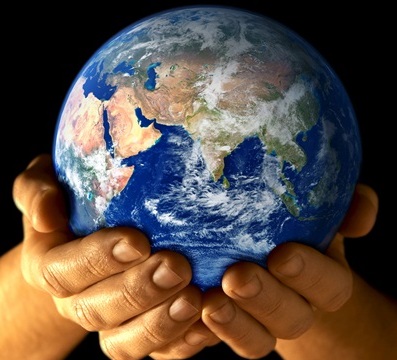 In 2011 the United Nations General Assembly established July 30 as the International Day of Friendship. The day was to be a continuation of the themes of dialogue and mutual understanding proposed in the International Decade for a Culture of Peace and Non-violence for the Children of the World (2001-2010). I had been active in getting the General Assembly resolution voted, building on the earlier Year of the Culture of Peace. My effort, backed by UNESCO which had been at the start of the concept of a “culture of peace,” was to add the word “non-violence” to make the concept still clearer. Then, some of us wanted a focus on children because who can be against doing things for the benefit of children? It turned out during the negotiations prior to the introduction of the resolution that the UK and the USA were against the whole concept but were pushing the idea that “we are already doing enough for children by supporting UNICEF.”
In 2011 the United Nations General Assembly established July 30 as the International Day of Friendship. The day was to be a continuation of the themes of dialogue and mutual understanding proposed in the International Decade for a Culture of Peace and Non-violence for the Children of the World (2001-2010). I had been active in getting the General Assembly resolution voted, building on the earlier Year of the Culture of Peace. My effort, backed by UNESCO which had been at the start of the concept of a “culture of peace,” was to add the word “non-violence” to make the concept still clearer. Then, some of us wanted a focus on children because who can be against doing things for the benefit of children? It turned out during the negotiations prior to the introduction of the resolution that the UK and the USA were against the whole concept but were pushing the idea that “we are already doing enough for children by supporting UNICEF.”
Finally, in light of wide support for having such a Decade, the UK and the USA backed off although they had made a strong try to get “nonviolence” out of the title. There was still some debate as to the wording of the Decade. A colleague in New York called me in Geneva about the debate over the title. I replied “that the title was too long for public relations reasons, but it was not up to NGO representatives to suggest cuts. Let the governments do as they want for the title as long as they vote the resolution by consensus.” The governments kept all the words, voted the resolution by consensus and then did very little else. Both peace and nonviolence did not standout strongly during the 2001-2010 decade.
At the end of the Decade, there was a need to continue the spirit, and “friendship” could be seen to combine peace and nonviolence. Thus we now have a yearly International Day of Friendship.
The idea of an International Day of Friendship had been first developed in the 1930s in the United States of America by the president of a well-known company which made Christmas cards, birthday cards, and cards to send on Mother’s Day. He suggested that everyone send cards to their friends and even people they did not know indicating the joys of friendship and the need to keep ties active and strong.
For a few years, there was a certain active interest, but then it looked too much like a commercial venture for his company to sell cards. In the middle of the summer, there were no other days to celebrate, so a Day of Friendship could be a form of sales promotion. By the end of the 1930s and the start of the Second World War, the idea of an International Day of Friendship celebrated by sending cards had disappeared.
Now, however, we live in a different period of time than in the 1930s. Although there are still many world tensions and local wars as in the Middle East, the idea of friendship among all the peoples of the world could become a real force for cooperation.
Emails and the internet can spread the idea that friendship is the basis of freedom in the world as it elevates the spirit. Friendship is as a ray of light coming from the burning core of the soul. Friendship can be a kind of love, a happy feeling when sharing a secret.
Paper still has its uses, and one can write a short text on the importance of friendship within the family, the school, neighborhood, nation and the world and send it to friends known and not yet known. July 30th is a day to renew and deepen friendships.
Rene Wadlow, President and a representative to the United Nations, Geneva, Association of World Citizens.
